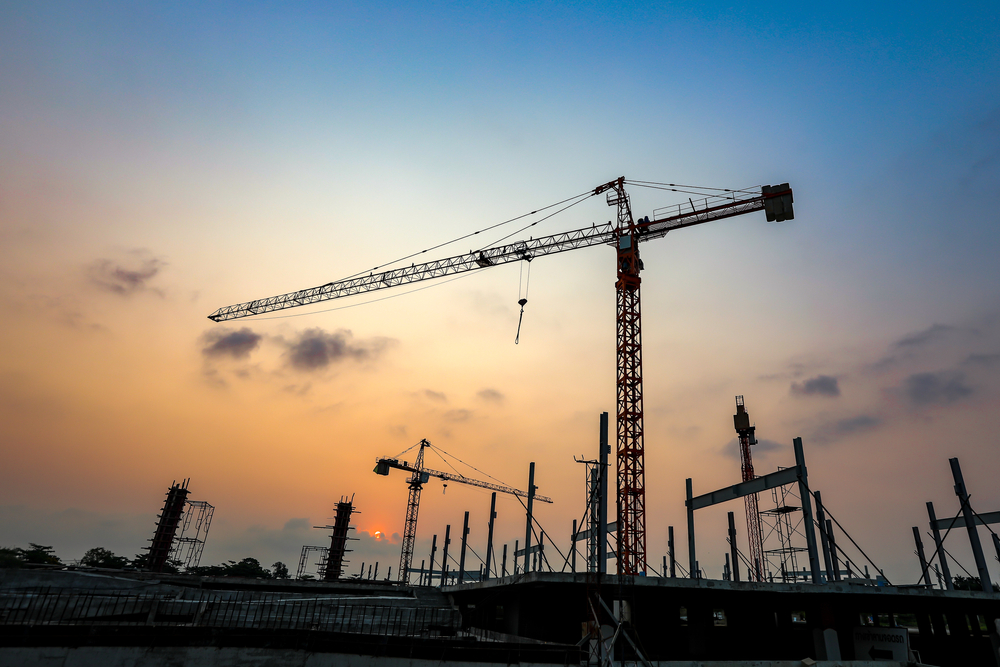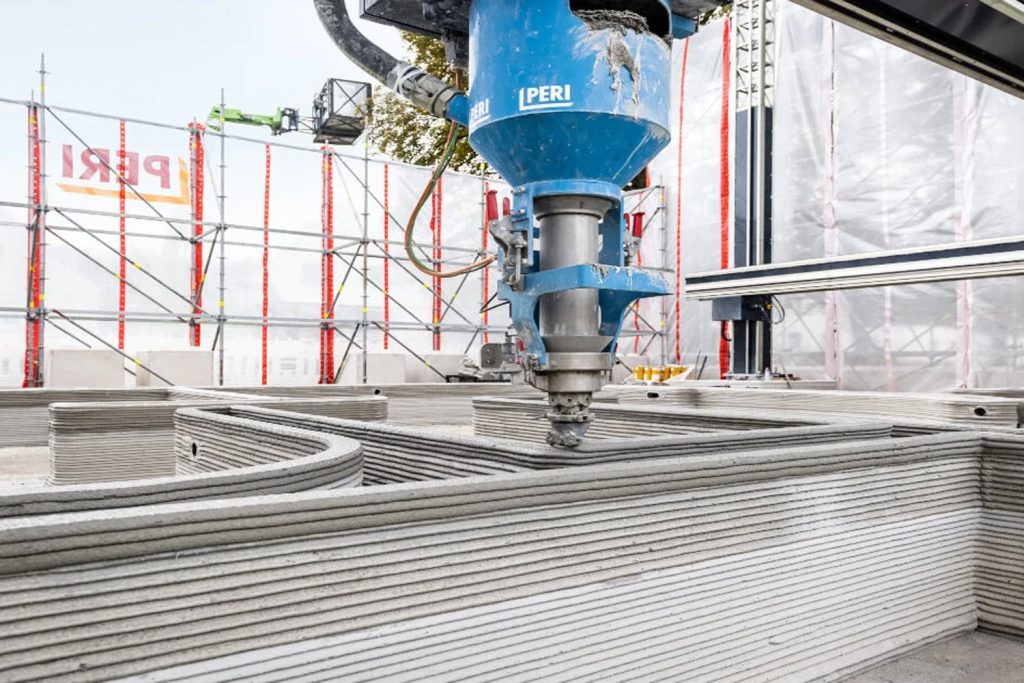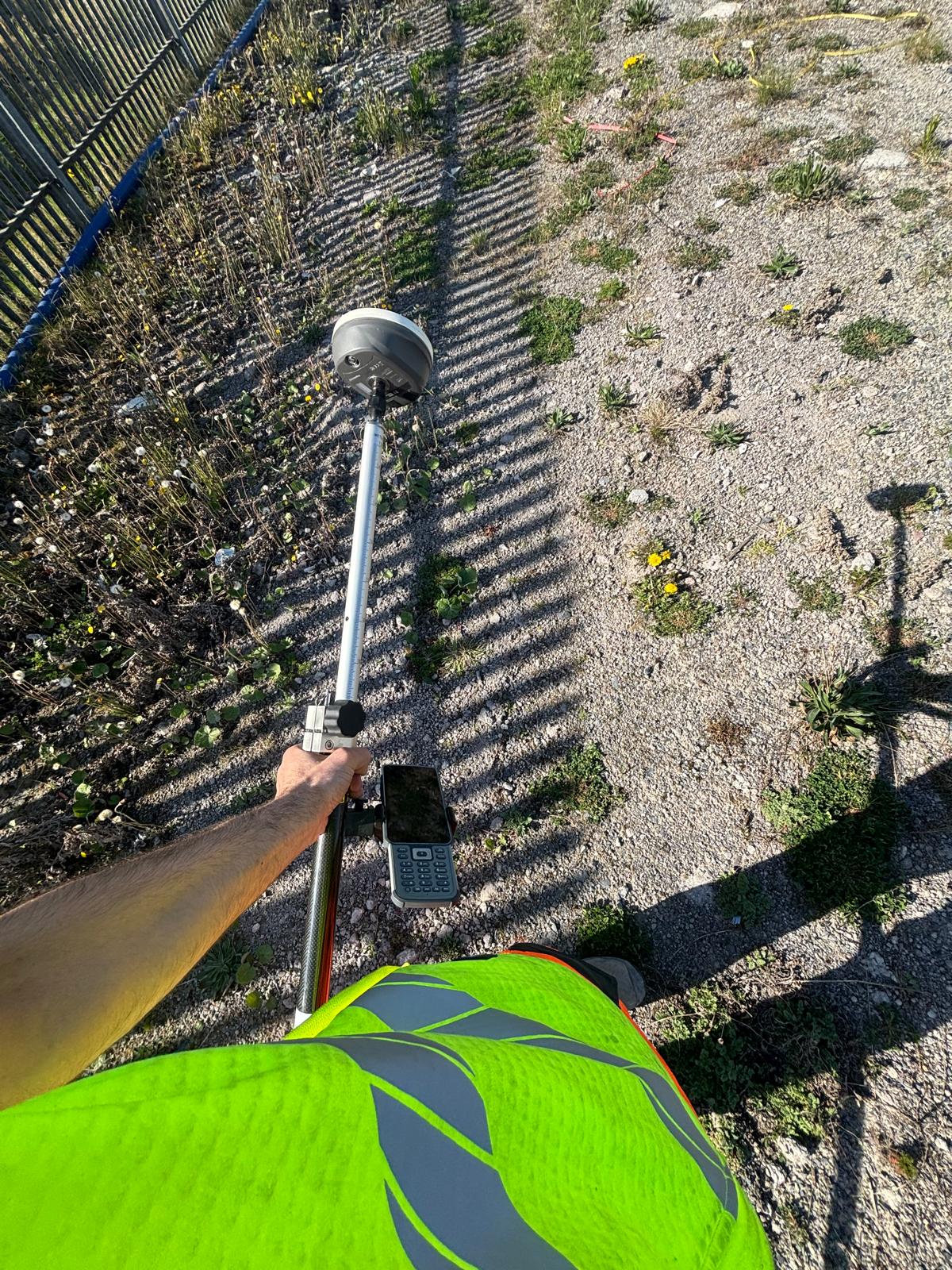
Ireland’s Economic Resurgence: The Return of the Celtic Tiger?
Once hailed as the "Celtic Tiger," Ireland was the poster child for rapid economic growth in the late 1990s and early 2000s. Fueled by foreign direct investment, particularly from U.S. tech and pharmaceutical giants, the Irish economy boomed—only to experience a devastating crash in 2008 during the global financial crisis. Now, nearly two decades later, there are signs that the tiger is stirring again. But is Ireland truly entering a new golden age, or are the stripes just an illusion?
A Glimpse Back: The Rise and Fall of the Celtic Tiger
The term "Celtic Tiger" refers to the period roughly between 1995 and 2007, when Ireland enjoyed unprecedented growth. Its low corporate tax rate (just 12.5%), skilled English-speaking workforce, and access to the EU made it an ideal destination for multinationals. Companies like Apple, Google, and Pfizer set up European headquarters there, creating thousands of jobs and boosting GDP. But the good times didn’t last forever. When the global financial crisis hit in 2008, Ireland's property bubble burst. Unemployment soared, banks collapsed, and the government was forced to accept an €85 billion bailout from the EU and the IMF. The Celtic Tiger was declared dead.
The Modern-Day Comeback
Fast forward to the 2020s, and Ireland is making headlines again—this time, for positive reasons. Its economy has rebounded strongly, with the IMF projecting growth of around 5.5% in 2024. While some of this is driven by multinational activity, Ireland's comeback appears more measured and diversified compared to the boom years. One standout indicator? Foreign direct investment (FDI) continues to thrive. Ireland remains a hub for global tech and pharma, but it’s also attracting startups, fintech firms, and green energy companies. In 2023, Ireland was ranked the third most attractive country in Europe for FDI, according to EY.
Key Drivers of Resurgence
Tech and Pharma Powerhouses
Ireland's long-standing relationships with tech and pharmaceutical companies remain strong. Google, Meta, Apple, and Amazon all maintain large presences, while Pfizer and Johnson & Johnson continue to invest heavily in research and manufacturing facilities.
Post-Brexit Advantage
As the only English-speaking country fully within the EU post-Brexit, Ireland has become a strategic gateway for businesses looking to maintain access to European markets.
Tax Strategy and Talent
Although under pressure from global tax reform, Ireland’s relatively low corporate tax rate still appeals to multinationals. Coupled with a well-educated, young workforce, the country offers a compelling package for global firms.
Digital and Green Innovation
Ireland is also emerging as a leader in the digital economy and sustainability sectors. Government investment in renewable energy and digital transformation is positioning the country as a forward-looking innovation hub.
The Caveats:
Caution Behind the Boom While the numbers may suggest a roaring comeback, there are critical challenges that could temper Ireland’s economic optimism:Overreliance on Multinationals
A significant portion of Ireland’s GDP is generated by foreign-owned firms. This leaves the economy vulnerable to external shocks or corporate relocations, especially as global tax regulations tighten.
Housing Crisis
A booming economy has led to a growing population and increased demand for housing—but supply hasn’t kept pace. Skyrocketing rents and home prices, particularly in Dublin, are putting pressure on young workers and could threaten Ireland’s attractiveness for talent and employers alike.
Cost of Living and Infrastructure Strain
Beyond housing, general costs of living have risen sharply. Public services and transport infrastructure are also feeling the strain, prompting calls for more inclusive and sustainable growth.
So… Is the Celtic Tiger Back?
That depends on how you define it.If we're talking about GDP growth, global investment, and employment levels—yes, Ireland is undeniably back in the fast lane. But this time around, the government and economists are more cautious. Lessons from the past have prompted efforts to promote economic resilience, address inequality, and diversify the sources of growth. The “new” Celtic Tiger may not roar as loudly or recklessly as before—but it might be smarter, more sustainable, and better equipped for long-term prosperity.
Impact of Technology on Construction

Impact of Technology on Construction
The construction industry, long considered one of the most traditional sectors, is undergoing a quiet but powerful revolution. Driven by rapid advancements in technology, construction is no longer just about bricks, mortar, and manual labor. From drones and robotics to AI and 3D printing, modern technology is reshaping how buildings are designed, constructed, and maintained. This transformation is not just improving efficiency—it's redefining the very foundation of construction as we know it.
Digital Tools Redefining Design and Planning
One of the most significant impacts of technology on construction lies in the pre-construction phase—design and planning. Building Information Modeling (BIM) is at the forefront of this change. BIM allows architects, engineers, and contractors to collaborate on a single digital model of a structure, integrating data in real time. This leads to better communication, fewer errors, and more efficient use of resources.Gone are the days of endless paper blueprints and miscommunications. With BIM, stakeholders can visualize the entire project before the first brick is laid. Changes can be made digitally, with simulations predicting the outcomes before implementation—saving time and money.
Drones: The Eyes in the Sky
Drones have rapidly become indispensable on construction sites. These flying tools are used for surveying land, monitoring progress, and inspecting hard-to-reach areas. Traditional surveying methods could take days or even weeks, but drones can collect detailed site data in a matter of hours.With drone footage, project managers can track progress, identify potential issues, and even provide stakeholders with real-time updates. The result? Improved safety, reduced delays, and enhanced project management.
Robotics and Automation: Revolutionizing Labor
Robotics are beginning to handle tasks that are repetitive, dangerous, or require high precision. Automated bricklaying machines, like the Hadrian X or SAM (Semi-Automated Mason), can lay thousands of bricks per day with remarkable accuracy. Meanwhile, robotic arms are used for welding, painting, and concrete dispensing.Though there are concerns about robots replacing human workers, the reality is more nuanced. Automation can fill labor shortages, reduce workplace injuries, and free up human workers for more skilled tasks. In many cases, it's about collaboration between man and machine, not replacement.
Artificial Intelligence and Machine Learning
AI is bringing intelligence to construction in several impactful ways. Machine learning algorithms can predict project risks, suggest optimized workflows, and manage large volumes of data. AI-powered analytics help teams stay on schedule and within budget by identifying inefficiencies before they become costly problems.For example, predictive maintenance tools use AI to monitor equipment health and forecast breakdowns before they occur, minimizing downtime and extending machinery life.
3D Printing: From Concept to Concrete
3D printing isn’t just for small-scale prototypes anymore. In construction, it's now being used to print entire buildings—walls, facades, and structural elements. This technology allows for faster construction, reduced material waste, and lower labor costs.Companies like ICON and Apis Cor have already demonstrated the potential of 3D-printed homes, offering a promising solution to global housing shortages. These homes can be printed in under 24 hours using specialized concrete mixtures and require minimal on-site labor.
Virtual and Augmented Reality (VR & AR)
VR and AR are changing how construction professionals visualize and interact with projects. With virtual reality, stakeholders can "walk through" a building before it's constructed, experiencing the space in a fully immersive way. This aids in design decisions and client approvals.Augmented reality overlays digital information onto the real-world site, helping workers see behind walls or beneath floors with devices like AR headsets or tablets. This can improve accuracy in installations and reduce costly errors.
Sustainability Through Smart Tech
Technology is also pushing the construction industry toward more sustainable practices. Smart building materials, energy-efficient designs, and green construction techniques are becoming more common.Sensors embedded in buildings can monitor energy use, temperature, and occupancy, feeding data back to optimize operations. These technologies not only reduce environmental impact but also lower operational costs over the long term.
Challenges to Consider
Despite the many benefits, integrating technology into construction isn't without challenges. High costs of implementation, lack of skilled tech workers, and resistance to change are common hurdles. Smaller firms may struggle to keep up with the pace of innovation without sufficient investment or training.Additionally, cybersecurity becomes a concern as construction sites become more connected through IoT devices and cloud-based systems.
The Future is Now
Technology is no longer a luxury in construction—it's a necessity. The industry stands at a pivotal moment, where innovation can address long-standing inefficiencies and open the door to smarter, safer, and more sustainable building practices.As digital tools continue to evolve, those in the construction sector who embrace this change will be best positioned to build not just structures, but a future that’s more resilient, efficient, and intelligent.
